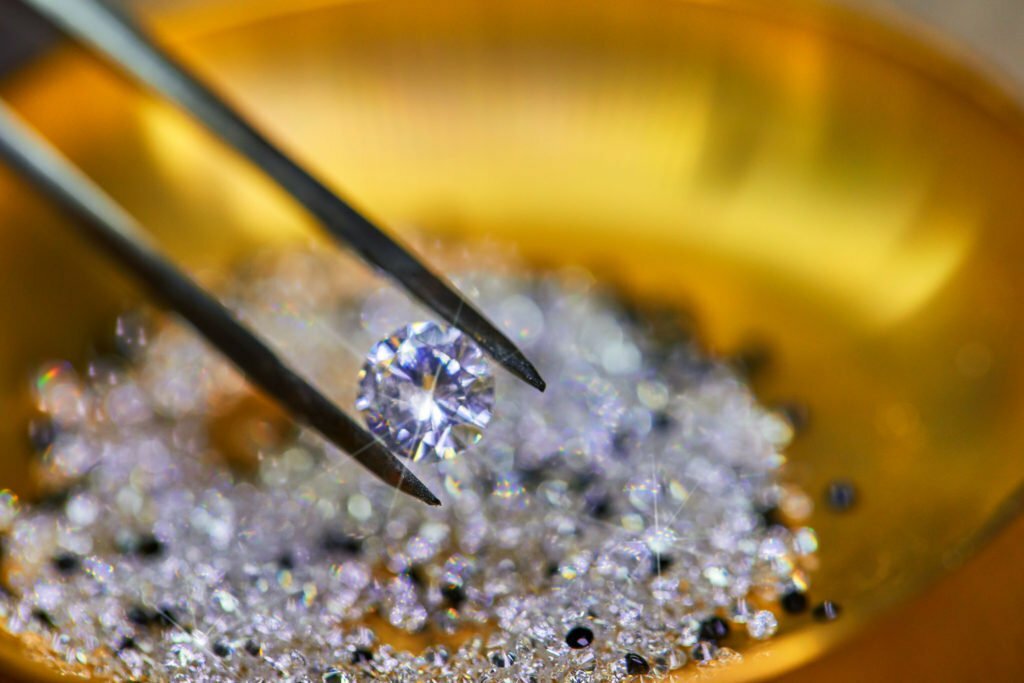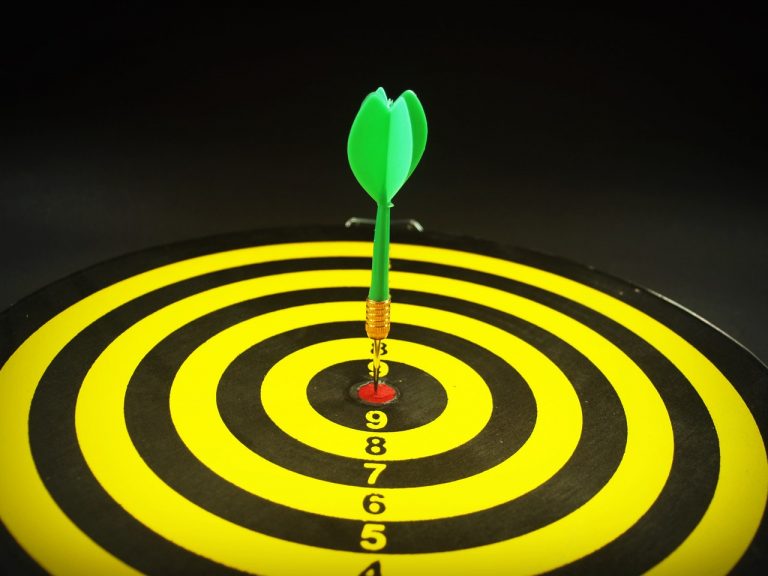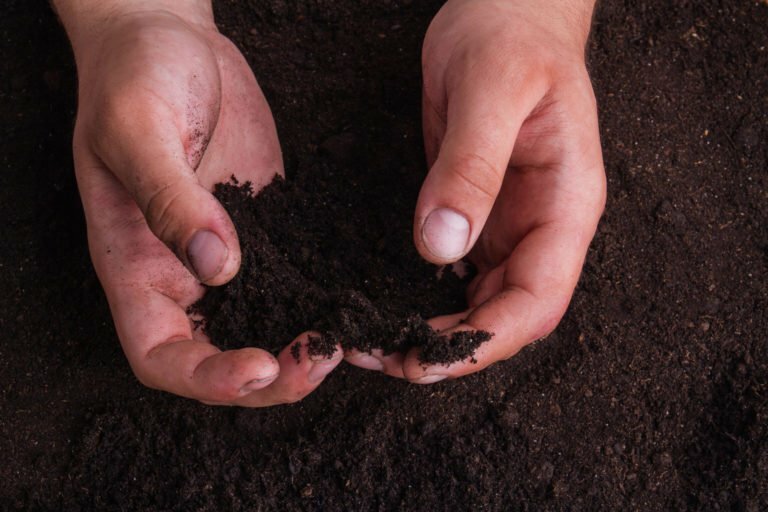For centuries, diamonds have been the gold standard for engagement rings, symbolizing love and eternal devotion. They are the captivating embellishments adorning everything from brooches and bracelets to tiaras and diamond necklaces. Although diamonds have been popular for hundreds of years, most of us don’t know how they were created or where they come from. It all starts 100 miles below the earth’s surface where the temperatures and pressures are extreme. Then, something amazing happens.
What are diamonds?

The physical and chemical properties of diamonds are determined by the elements from which they are composed. Carbon is the primary element in diamonds, but other trace elements may be present in small quantities. Carbon occurs in nature as either graphite or diamond. The amount of heat and pressure required to change graphite into diamond is extremely high; most natural diamonds form about 100 miles below Earth’s surface.
A diamond starts as a tiny particle of carbon called a “carbon seed.” Over time, these carbon seeds grow and combine with other carbon atoms to form larger and larger crystals. As the crystal grows, it incorporates other elements from its surroundings, including nitrogen, boron, hydrogen, and oxygen.
The diamonds that are used for jewelry are typically those that have been mined from the ground and then polished and cut. Diamonds found on the Earth’s surface are the result of erosion. It can take millions of years for a diamond to make its way to the surface, and during that time, the diamond can be subjected to all sorts of wear and tear. Raw diamonds are often covered in scratches and blemishes, and they often have a very dull appearance.
How do diamonds get their color?
The most common type of natural diamond is called “type IIa.” Type IIa diamonds are almost completely free of impurities and typically have a white or colorless appearance. Type Ia diamonds contain significant levels of nitrogen impurities and often appear yellow or brown. Blue diamonds get their color from boron impurities while red diamonds get their color from hydrogen impurities. Green diamonds get their color from trace amounts of radiation exposure while black diamonds are formed when graphite is subjected to extreme heat and pressure.
What affects the price of a diamond?

The value of a diamond is affected by what’s commonly known as the four C’s: cut, color, clarity, and carat weight.
- Cut: The most important factor in determining the value of a diamond is its cut. A well-cut diamond will sparkle more and be less likely to have defects than a poorly cut diamond.
- Color: The color of a diamond also affects its value. Diamonds that are closer to white are more valuable than diamonds with a yellow or brown tinge. Color grade ranges from D (no hue) to Z (a yellow-hued diamond).
- Clarity: Diamonds that have fewer blemishes or inclusions are more valuable than those that have many. Clarity is judged on a six-point scale from “included“ to “flawless.”
- Carat: Weight is the final factor that affects the price of a diamond. Larger diamonds are rare and therefore more expensive than smaller diamonds. Carats are measured in points, where one point is equal to 1/100th of a carat.
Not all diamonds come from the earth.
Lab-grown diamonds have gained popularity in recent years as a more environmentally friendly and sustainable alternative to natural diamonds. Diamonds created in a lab tend to have more consistency in terms of clarity and purity and are typically more affordable than traditional diamonds.
Lab-grown diamonds are created by growing diamond crystals from a small seed crystal. The process of growing the diamond crystals is very slow and takes several weeks. The temperature and pressure must be precisely controlled to create a perfect diamond. Lab-grown diamonds are treated with high pressure and high temperature (HPHT) like natural diamonds, so they have the same chemical and physical properties as natural diamonds. Lab-grown diamonds are available in a variety of colors, including yellow, blue, pink, and green.





